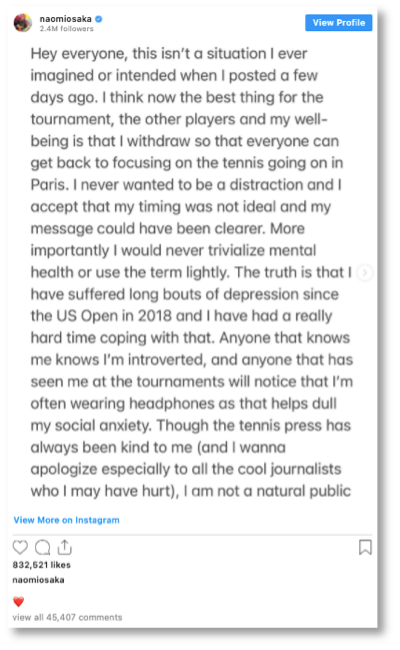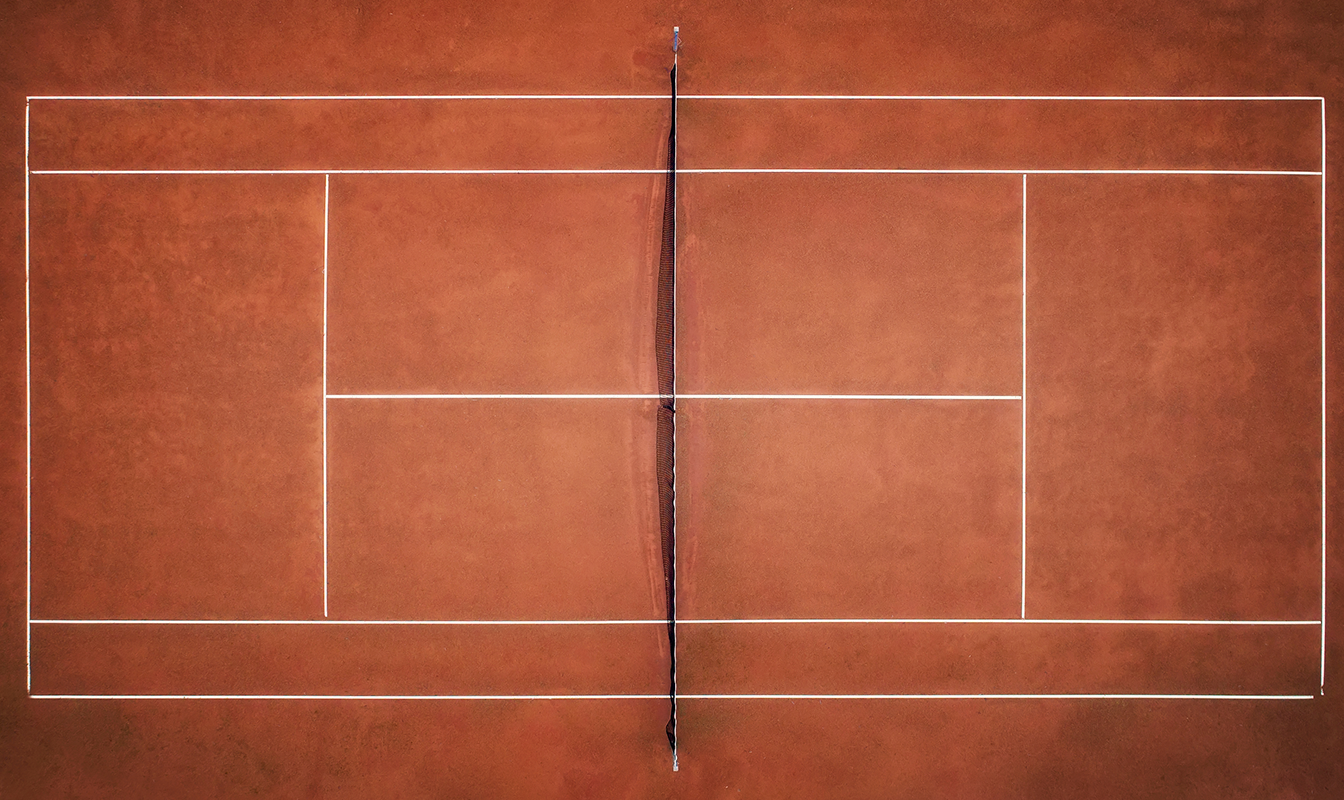 Once again, organizations are finding that they must tread lightly when they consider publicly challenging a superstar figure, especially one of their own. Roland-Garros and French Open officials learned this lesson the hard way.
Once again, organizations are finding that they must tread lightly when they consider publicly challenging a superstar figure, especially one of their own. Roland-Garros and French Open officials learned this lesson the hard way.
Naomi Osaka, currently ranked #2 in the world according to the Women’s Tennis Association (WTA), created shockwaves in the tennis world when she formally withdrew from the French Open last week. Just yesterday, Osaka pulled out of a second tournament, The bett1 Open, prompting concerns around whether she will participate in the Grand Slam tournament Wimbledon at the end of June.
The French Open’s Heavy-Handed Approach Hit Back
After originally becoming aware of Osaka’s intention not to participate in mandatory media interviews at Roland-Garros, French Open officials issued a $15,000 fine and threats of suspension in a joint statement that immediately drew backlash for its tone-deafness and lack of empathy. Many attributed Osaka’s subsequent withdrawal to the pressure the French Open officials unduly placed on the young athlete, forcing her to choose between “defiance and the possibility of unprecedented punishments.”
While Osaka is a face and carries a distinct voice, Roland-Garros is faceless as an organization, making it more difficult for them to communicate a message that feels personal and relatable to audiences. Millennials have proven their general distrust towards institutions and leagues, making it necessary that organizations such as Roland-Garros recognize they are more likely to be cast as the villain when these sorts of incidents emerge. The proof is in the data, as we see that many superstar athletes’ voices outweigh that of their respective teams or governing bodies.

On the flip side, it is worth noting that in reality, the professional sports business model relies almost solely on the media attention a league receives. Superstars like Osaka must acknowledge that broadcast and streaming mediums create the exposure that drives the popularity not only of the sport, but of the individual athletes. To ignore this would be to ignore her own source of revenue. On top of this, there are legally binding agreements in place between each player and each respective tournament that obligates players to be available for interviews and other press events. So, while Osaka deserves understanding and empathy as she focuses on her mental health, she and other stars will eventually have to face the fact that speaking with media in some capacity will have to remain the norm.
These two sides – the league and the individual – will need to find ways in which each can be flexible. Going forward, there is an opportunity to preserve the tournament’s interest in media exposure while ensuring that athletes are protected from what can be, no doubt, a trying experience even in the absence of mental illness.
Grand Slam Similarities
I can’t help but find similarities between this ongoing incident and another situation I was personally involved in that also included a Tennis star and one of the Grand Slam events – Venus Williams and Wimbledon. In 2005, Williams challenged the long-held practice of paying women’s tennis players less than their male counterparts at Wimbledon by writing an op-ed that ran in The London Times. Larry Scott, who was head of the WTA at the time, had already been lobbying top politicians in the United Kingdom for equal pay, but media attention on the subject reached a fever pitch when Williams’ op-ed ran on the opening Monday of the tournament.
It wasn’t long after the article’s publishing that leaders at Wimbledon relented and announced that they would award equal prize money moving forward. Not only was it a massive win for the sport, but it showcased the weight of an athlete’s voice in affecting lasting change, even in a pre-social media era. Fast forward to now, Osaka has taken a similar approach by using her own Instagram to share her perspective directly with fans. In the same post announcing her withdrawal, she encouraged a dialogue between the Tour and players to “discuss ways in which we can make things better for the players, press, and fans.”
And just as it did in 2006, I’m sure that change will follow.


